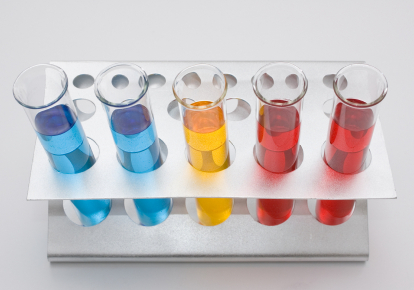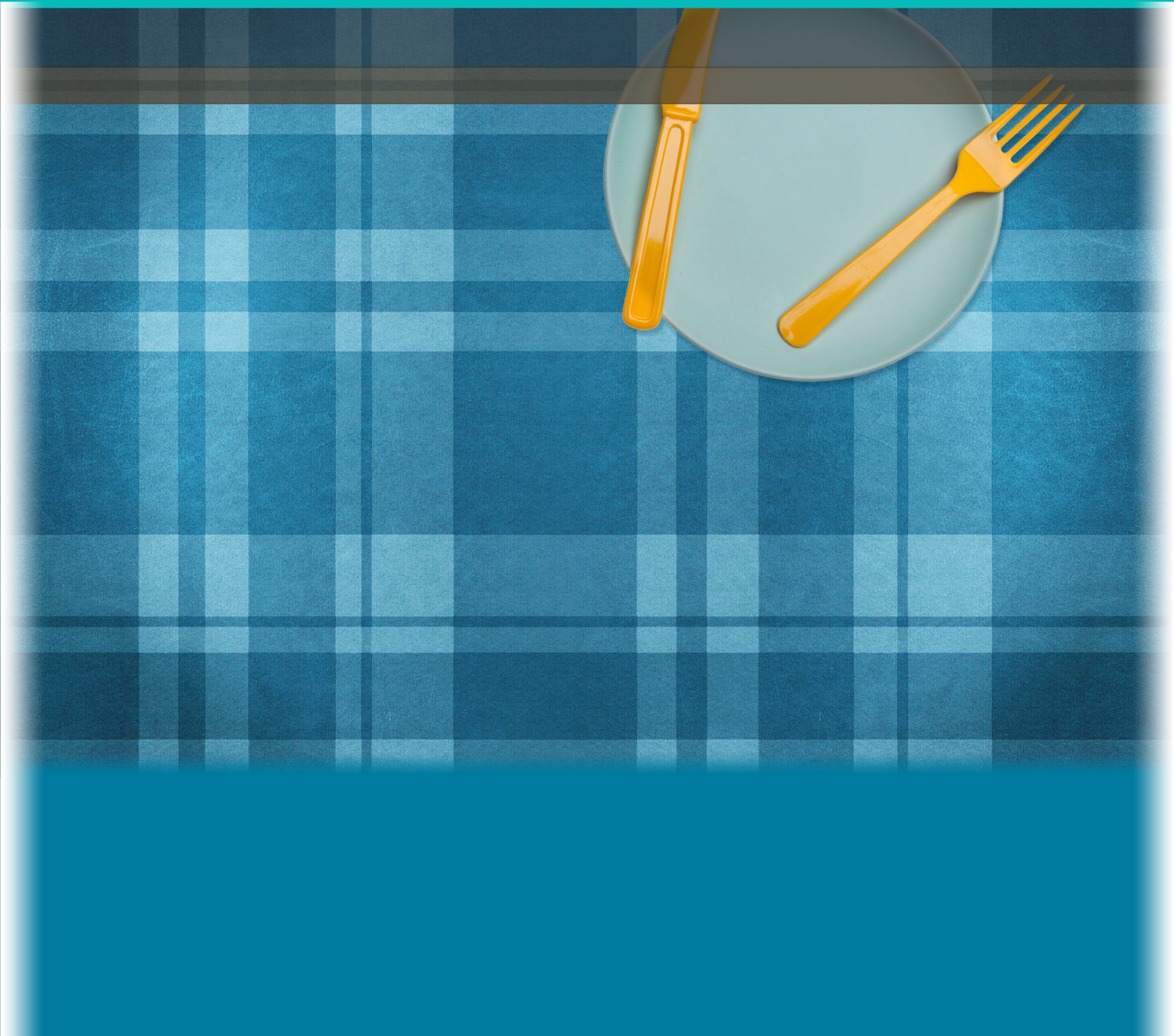Explore Possibilities: Biology
(This is an optional activity. Wait for your teacher's instructions before beginning.)

In a macromolecule test, different colors indicate the presence of macromolecules.
In this activity, you will analyze a children's meal from a local fast food restaurant to confirm or deny the presence of fat, protein, simple carbohydrates (sugar) and complex carbohydrates (starch).
This slideshow describes the basic procedures for identifying macromolecules in foods.
> Identifying Macromolecules in Food Lab
![]()
(from SlideShare)
Complete the macromolecule lab according to instructions from your teacher and take notes on pages 10 in your Engineering Portfolio. When you are finished, turn to page 11 of your portfolio. This contains instructions on how to write up a lab report.


